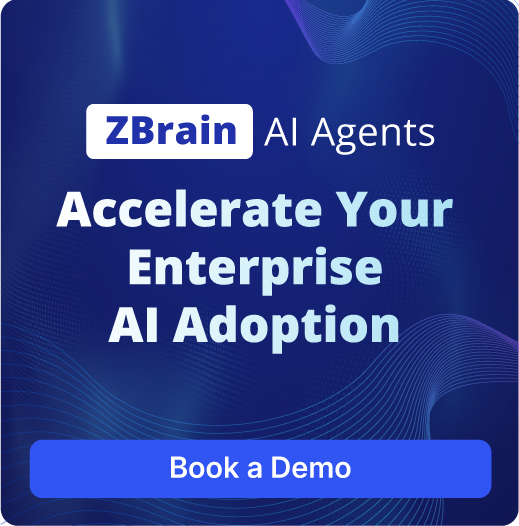
 Live
LiveContent Research AI Agent
Automates structured content creation by generating an outline, identifying keywords, gathering web insights, and compiling a coherent, AI-driven article with references.

 Live
LiveBrand Voice Analyzer Agent
Evaluates content to determine its tone, style, and personality traits, helping to align messaging with brand identity.

 Live
LiveFact Checking Agent
Ensures marketing content accuracy by verifying data, enhancing credibility, and maintaining brand trustworthiness.

 Live
LiveSocial Media Content Generator Agent
Generates engaging social media content to boost online presence and drive higher engagement for marketing teams.

 Live
LiveContent Research AI Agent
Automates structured content creation by generating an outline, identifying keywords, gathering web insights, and compiling a coherent, AI-driven article with references.

 Live
LiveBrand Voice Analyzer Agent
Evaluates content to determine its tone, style, and personality traits, helping to align messaging with brand identity.

 Live
LiveFact Checking Agent
Ensures marketing content accuracy by verifying data, enhancing credibility, and maintaining brand trustworthiness.

 Live
LiveSocial Media Content Generator Agent
Generates engaging social media content to boost online presence and drive higher engagement for marketing teams.
Optimize Content Strategy with ZBrain AI Agents for Content Development
ZBrain AI Agents for Content Development provide an advanced solution to streamline and optimize the content creation process. These intelligent agents specialize in essential tasks such as Fact-Checking and Social Media Content Generation, ensuring your content is accurate, engaging, and aligned with current trends. By automating these processes, ZBrain AI Agents boost the efficiency of marketing teams, allowing them to focus on crafting compelling stories rather than managing manual checks or tailoring content for different platforms. This empowers content creators to maintain high-quality standards and consistency across all channels. ZBrain AI Agents seamlessly integrate into every stage of the content lifecycle, providing invaluable support in data verification to minimize errors and enhance the credibility of your content, essential for building and maintaining audience trust. Additionally, their Social Media Content Generation capabilities enable marketers to craft tailored, platform-specific content that resonates with target audiences, boosting brand visibility and engagement. By leveraging ZBrain AI agent, businesses can enhance their marketing strategies with precise, well-researched content, ensuring a cohesive and impactful communication approach throughout their campaigns.

